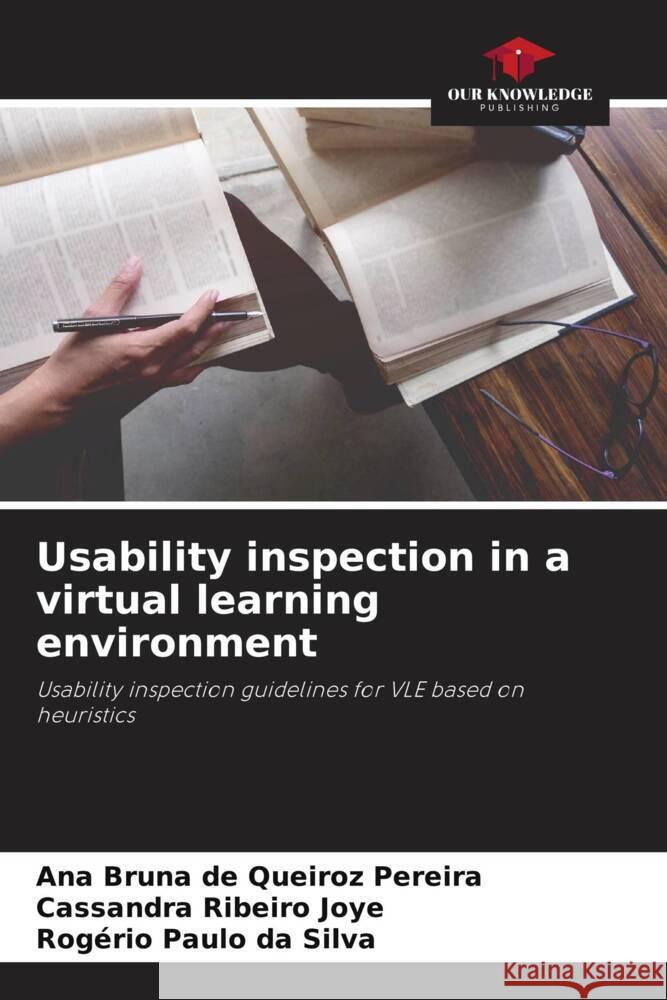Usability inspection in a virtual learning environment » książka
Usability inspection in a virtual learning environment
ISBN-13: 9786206256939 / Angielski / Miękka / 88 str.
Usability is the ease of use of a computerised product. The easier it is to use, the greater the user's satisfaction and productivity. In the case of a Virtual Learning Environment (VLE) for Distance Education (DE), interaction between physically dispersed teachers and students must be guaranteed. Hence, it is necessary to verify how much usability and how much such environments effectively favour distance education. The focus of this research is to verify the usability problems of a specific software, in this case CANVAS, hence establishing what to evaluate, the importance of evaluating and when to evaluate, essential tasks in planning a usability inspection. The objective was to develop guidelines for usability inspection in VLE, having as methodological basis the principles and heuristics of usability already established by Nielsen. The systematised guidelines can be used as a starting point for the project of institutional VLE use for distance learning courses. It is concluded that, even with established usability evaluation guidelines, it is necessary to apply usability tests with real users, including to validate the application of these guidelines and expand them.











